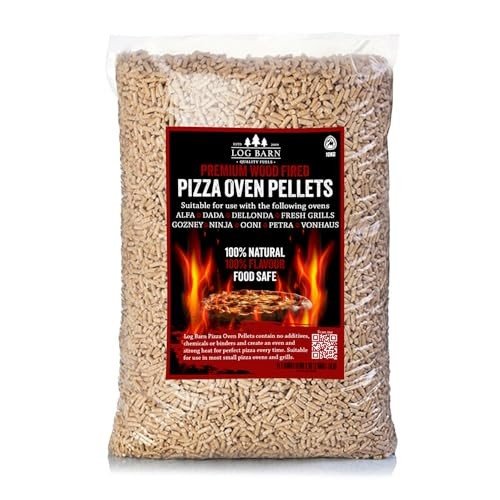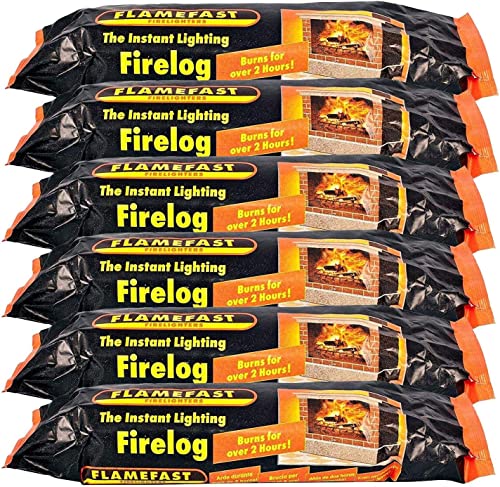When it comes to keeping your fireplace going, choosing the right fuel makes all the difference. Whether you’re into seasoned firewood, eco-friendly pellets, or quick-burning logs, we’ve got what you need to create that cozy vibe. Finding the perfect fuel can turn any chilly night into a warm, inviting experience.
Fireplace Fuels
Discover a range of high-quality fuels to enhance the warmth and efficiency of your fireplace
Product List
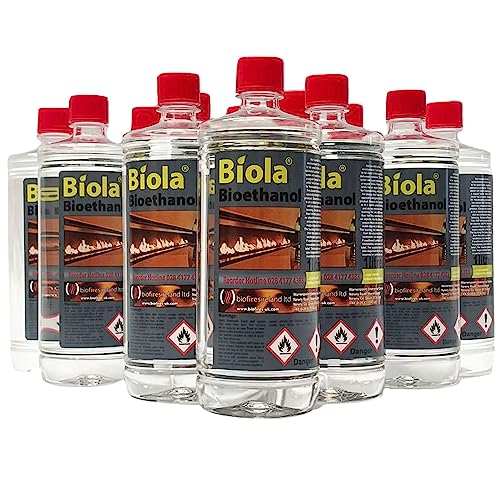
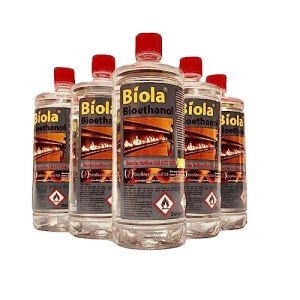
Premium 6L Bioethanol Fuel
Biofiresireland Ltd
Product Review Score
4.16 out of 5 stars
36 reviews¥5,294
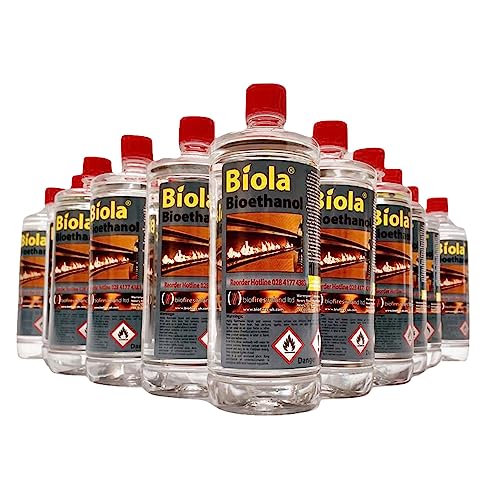
Biola 24L Smoke-Free Ethanol
Biofiresireland Ltd
Product Review Score
4.52 out of 5 stars
135 reviews¥14,258
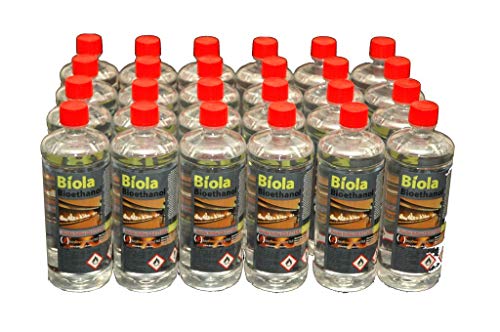
Smokeless Bioethanol Fuel
Biola
Product Review Score
4.37 out of 5 stars
161 reviews¥28,517 ¥27,093
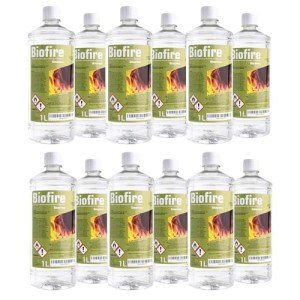
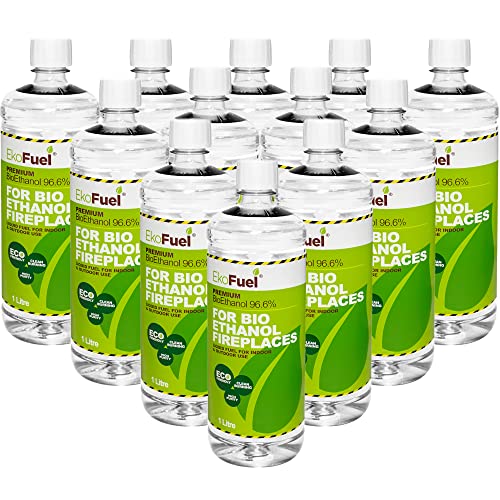
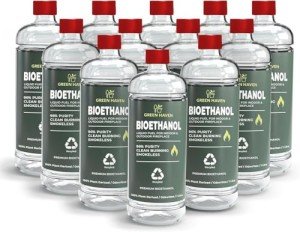
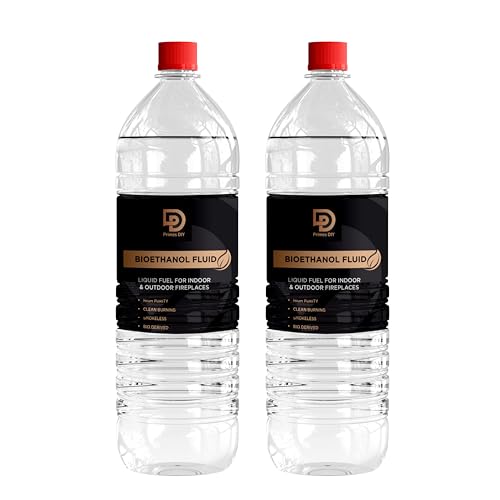
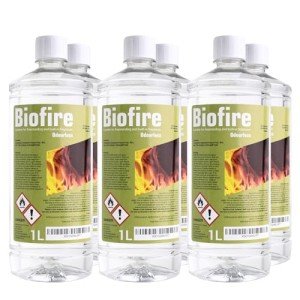
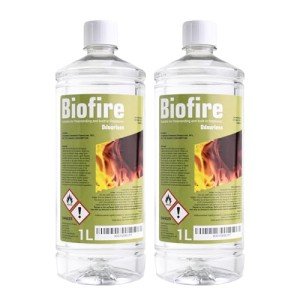
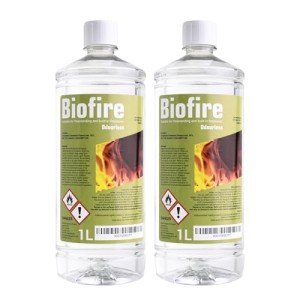
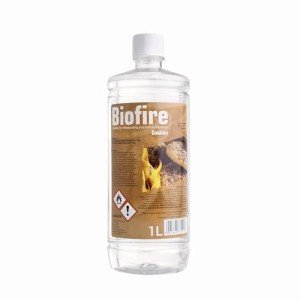
Fireplaces have been a source of warmth and comfort for thousands of years, serving as the heart of homes across many cultures. However, as much as people appreciate the ambiance and heat, the choice of fuel can significantly affect efficiency, environmental impact, and overall experience. This guide explores the various fireplace fuels, their benefits and drawbacks, helping homeowners make informed decisions about what to burn.
Table of Contents
- Overview of Fireplace Fuels
- Types of Fireplace Fuels
- Wood
- Gas
- Electric
- Pellets
- Biofuels
- Comparison of Fireplace Fuels
- FAQs about Fireplace Fuels
- Conclusion
1. Overview of Fireplace Fuels
Choosing the right fuel for a fireplace is essential for ensuring an effective heating source and a favorable environmental footprint. Each type of fuel has its unique characteristics, and understanding these can enhance the experience of lighting a fire at home.
2. Types of Fireplace Fuels
Here's a detailed look at the various types of fireplace fuels available today:
A. Wood
Wood is perhaps the oldest and most traditional fireplace fuel, known for its rustic appeal and the distinctive aroma it provides.
Pros:
- Readily available and renewable
- Produces a classic ambiance with crackling sounds
- Can be a cost-effective choice depending on availability
Cons:
- Requires significant effort for chopping and storing
- Produces creosote, which can accumulate in chimneys
B. Gas
Gas fireplaces can be powered by natural gas or propane, offering convenience and ease of use.
Pros:
- Effortless operation with a simple switch or remote control
- Less maintenance compared to wood-burning fireplaces
- Produces consistent heat without soot or ash
Cons:
- Limited ambiance compared to a traditional wood fire
- May require professional installation and gas line connections
C. Electric
Electric fireplaces have grown in popularity, especially in urban settings where traditional wood or gas options may not be feasible.
Pros:
- Zero emissions and no need for venting
- Flexible installation options; can be placed in any room
- Offers various settings, including flame effects without heat
Cons:
- Reliant on electricity, which may be an issue during power outages
- Lacks the tactile experience of real flames and warmth from burning wood
D. Pellets
Pellet stoves burn small compressed wood pellets, offering a modern alternative with distinct advantages.
Pros:
- High efficiency and clean burning
- Auto-feed systems ensure steady burning and reduced ash production
- Renewable and environmentally friendly
Cons:
- Requires electricity to operate the auger and fans
- Initial setup costs can be higher than traditional wood stoves
E. Biofuels
Emerging biofuels, including ethanol, are becoming popular alternatives for fireplace use, particularly in modern design.
Pros:
- Clean burning with minimal emissions
- Does not require a chimney or venting
- Available in convenient, ready-to-use fuel containers
Cons:
- Typically lower heat output than wood or gas
- Limited availability in some areas
3. Comparison of Fireplace Fuels
Below is a comparative table summarizing the essential characteristics of each fireplace fuel type.
| Fuel Type | Heat Output (BTU/hour) | Maintenance | Environmental Impact | Cost |
|---|---|---|---|---|
| Wood | 15,000 - 30,000 | High | Moderate | Moderate |
| Gas | 20,000 - 50,000 | Low | Low | Medium |
| Electric | 5,000 - 15,000 | Very Low | None | High for long-term use |
| Pellets | 10,000 - 30,000 | Medium | Moderate | High initial investment |
| Biofuels | 5,000 - 10,000 | Low | Low | Moderate |
4. FAQs about Fireplace Fuels
Q1: What is the best type of fuel for an environmentally friendly fireplace?
A1: Gas, pellets, and biofuels tend to have lower emissions than traditional wood burning, making them more environmentally friendly options.
Q2: Is it safe to burn any wood in a fireplace?
A2: No, only seasoned hardwoods are recommended for burning, as softwoods like pine can produce excessive creosote that can lead to chimney fires.
Q3: What maintenance is required for each fuel type?
A3: Wood requires regular cleaning for soot and creosote. Gas and electric options require minimal maintenance, while pellets need occasional cleaning of the burn pot. Biofuels are low maintenance but should be used according to the manufacturer’s guidelines.
Q4: Can I convert my wood-burning fireplace to a gas or electric one?
A4: Yes, it is possible to convert, but it usually requires professional installation to ensure safety and compliance with local regulations.
Q5: What are the cost differences over time for each fuel type?
A5: While wood and pellets may have lower initial costs, gas and electric fireplaces tend to offer lower long-term running costs due to higher efficiencies and less maintenance.
5. Conclusion
The choice of fireplace fuel ultimately depends on individual preferences, living situations, and environmental considerations. Each type of fuel presents unique advantages and challenges, impacting the atmosphere, maintenance requirements, and efficiency of heating in your home. By understanding these options and their implications, homeowners can select the most appropriate fuel type, roasting comfortably by the fire for years to come. Whether you lean towards the traditional charm of wood or the modern convenience of gas or electric, knowing the ins and outs of chimney fuels will guide you to a more enjoyable and sustainable fireplace experience.
